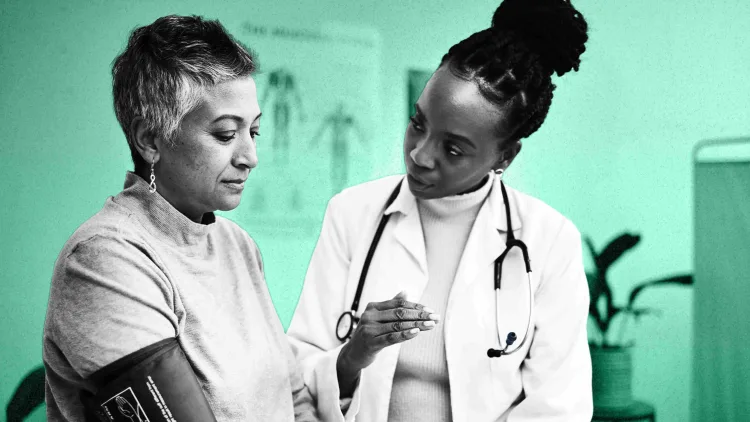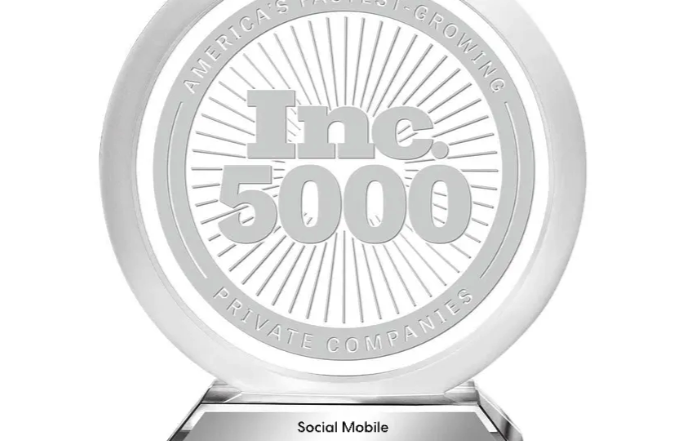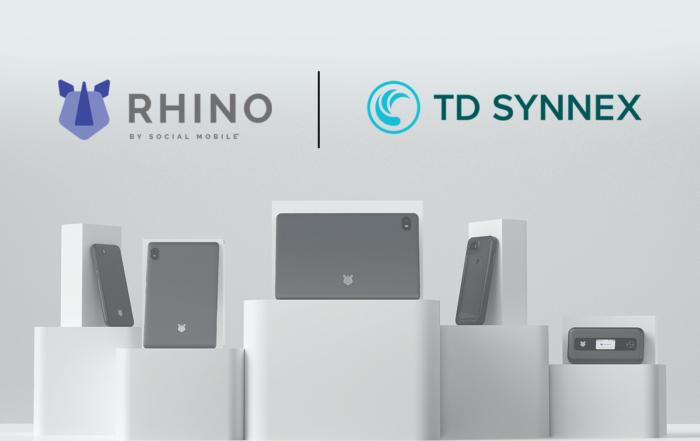The future of health care: Observations from engineering products for top health care companies
I have had the privilege of working alongside the largest health care companies on the planet. Here’s what I’ve learned about where the future of health tech is headed.

When I first launched my company 13 years ago, we were in the business of creating mobile devices for consumers. It was rewarding in the sense that we saw substantial growth and were able to expand internationally, but our social impact consisted mostly of community volunteer work and charitable donations.
Then in 2018, shortly before the global pandemic and after we had pivoted our business to service enterprise clients, we landed our first contract with a major health care company. Suddenly we weren’t just in the business of mobile devices—we were creating health care solutions that had the potential to save lives.
Since then, my team and I have had the privilege of working alongside executives who run the largest health care companies on the planet. Here’s what I’ve learned about where the future of health tech is headed:
ANDROID TECHNOLOGY IS ENABLING FASTER INNOVATION
Typically innovation in health care moves slowly—regulations, complex systems, and ethical concerns propose natural barriers to adopting new technology. One of the key learnings for me during the pandemic, however, was observing how quickly the industry can innovate when faced with constraints. Overnight, telehealth and remote-care options became prioritized, and Google’s Android Enterprise program was uniquely positioned to help health care companies pivot their roadmaps to deploy and manage devices at scale.
As the first company to be granted an Enterprise Device Licensing Agreement from Google, we were well-positioned to help those companies make this pivotal shift. Not only did Android’s enterprise technology reduce engineering costs, but it also streamlined regulatory hurdles for health care companies wanting to develop custom technology. Health care companies could now leverage Android Enterprise’s security and privacy safeguards, which complied with many of the requirements for protecting sensitive patient information.
As such, we’re now seeing the biggest health care companies in the world develop state-of-the-art technology—from kiosks that self-automate vaccine stock levels to wearables that monitor heart rhythms remotely—at a fraction of the cost and time it would take them to build a custom solution from the ground up.
WEARABLES ARE REVOLUTIONIZING HOW WE APPROACH PATIENT CARE
The growth of remote patient monitoring during and after the pandemic, coupled with improvements in wearable technology, has ushered in a new era for health care. Additionally, the ability to collect patient data in real time at scale, combined with advancements in artificial intelligence, is driving a transformative shift toward predictive health care.
Wearables are no longer just for counting steps or monitoring heart rates. They are now integral tools in the medical field tracking a variety of health metrics, from glucose levels to cardiac rhythms, in real time. In fact, the FDA recently determined atrial fibrillation data from Apple Watch can be used as an endpoint in clinical studies.
By analyzing vast amounts of patient data from wearables, artificial intelligence and machine learning can identify patterns and predict health outcomes with remarkable accuracy. This allows for early intervention and personalized treatment plans, improving patient outcomes and reducing health care costs.
For example, if a patient has a history of heart issues, predictive analytics can be used to determine how likely they are to develop a particular condition based on their medical history, lifestyle, and genetic factors. Health care providers can then implement preventive measures, such as lifestyle modifications or early treatment, to mitigate the risk.
This shift from reactive to proactive health care has the potential to significantly improve patient outcomes and reduce the burden on health care systems.
IT’S BECOMING POSSIBLE TO “HOSPITAL AT HOME”
In the not-too-distant future, there is a world that exists where if you’re sick, you go home and all the equipment you need for treating and monitoring your condition gets dropped off and installed at your house. From there, you can virtually consult with your doctor and care team in real time.
As of 2024, 76% of people over the age of 55 have used telemedicine. In addition, remote patient monitoring services and tools are expected to reach 30 million patients this year in the U.S. alone. From blood pressure monitors and pulse oximeters to automated medication dispensers, the technology to monitor and treat patients at home is advancing by the day.
This model, which allows patients to receive hospital-level care in the comfort of their own homes, can be particularly beneficial for those with chronic conditions or recovering from surgery. For instance, a patient recovering from heart surgery can be equipped with devices that monitor their heart rate, blood pressure, and oxygen levels. These devices send data to their health care team, which can provide timely interventions if any anomalies are detected.
Additionally, telehealth platforms enable regular virtual check-ins, ensuring patients receive continuous care without needing to visit the hospital. Being able to receive hospital-level care at home also has the potential to reduce the risk of hospital-acquired infections, lower wait times for patients who require in-person treatment, and reduce operational costs.
We’re still a ways away from having a streamlined hospital-at-home experience become the standard of care, but based on my observations, we’re heading in that direction. The evolution of remote patient monitoring technology is pivotal in this journey.
Currently, the industry relies on consumer-grade devices to meet its needs. However, the next phase will involve hospital-grade devices with better sensors and more rugged, purpose-built designs, combined with enhanced connectivity from carriers. This will provide caregivers with continuous health data from patients, revolutionizing home care.
INNOVATING INTO THE FUTURE OF HEALTH CARE
As someone who started out creating mobile devices for consumers, I’m amazed by the power health care technologies have to create more effective and personalized solutions that can save and transform lives. As we continue on this journey of collaborating with some of the world’s most respected health care leaders, I’m both excited and optimistic about the future of health care, knowing that the innovations we create today will shape the well-being of tomorrow.
This article was originally published on FastCompany.com.
Latest Articles
GET A QUOTE.
Let’s start designing your custom enterprise mobility solution.





